108dB Sound System
THE CASE
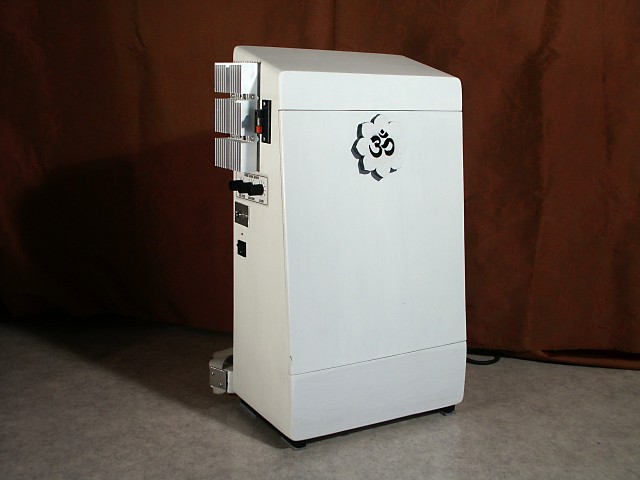
|
| Front view of the 108dB Sound System. The system includes a preamplifier, a three channel mixer, a power amplifier, a lead-acid-battery and space for a CD/MP3 player and up to two wireless microphone receivers. The lotus flower works as a lock for the door. The lock is operated by rotating the lotus. |
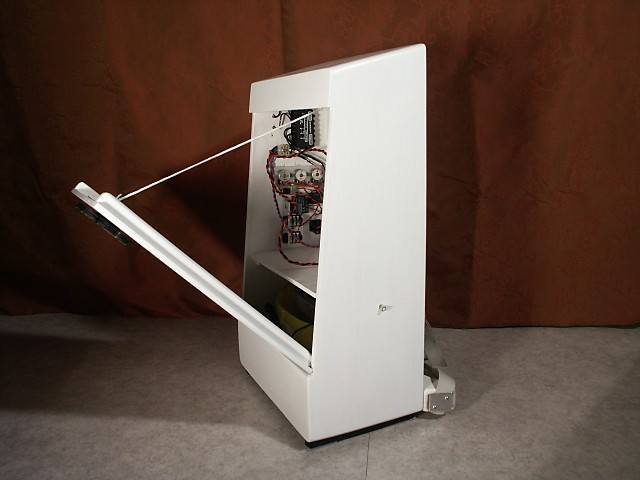
|
| Side view of the 108dB Sound System. The door is removable and attached by a string to prevent dropping it. An exhaust for hydrogen gas that might be generated from the lead acid battery is visible on the side. Care must be taken not to tilt or shake the system to prevent acid from leaking out from the battery. |
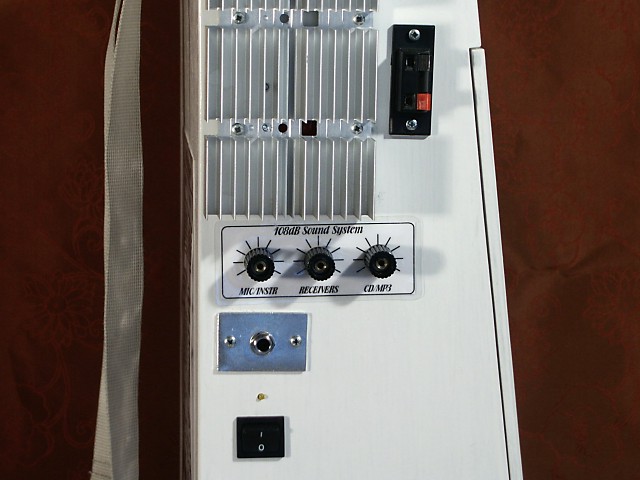
|
| On the left side there is the operating panel. The topmost terminals are for connecting a speaker. Minimum load is 4 ohms. The power switch can be seen at the bottom of the picture with the power on indicator light above it. Above that is a high impedance input jack (6.3mm) for a microphone or instruments. The three knobs adjust the volume for the mic/instrument input, the wireless microphone receivers and the CD/MP3 player. |
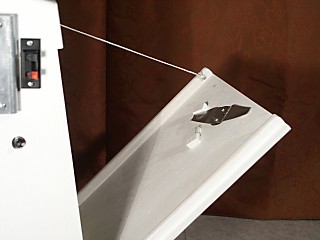
|
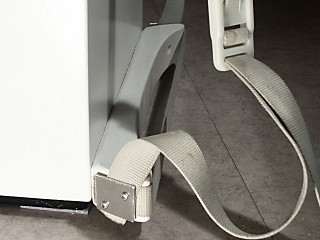
|
|
| The lock mechanism consist of a formed steel plate that is rotated by the wooden lotus flower through a hole in the door. The lotus has plastic bearings to make rotation smooth. Stoppers restrict the rotation angle. | The system includes straps that enables it to be carried on the back. The picture shows the support at the bottom which has a suspension system that keeps the system at a comfortable distance from the back to prevent sweating. |
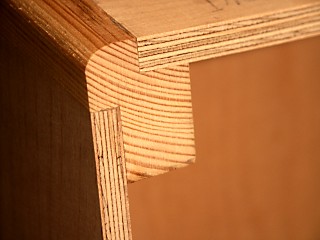
|
| The entire box is made of wood. The picture shows the precision milled cornerpieces that allow a tough and robust but lightweight construction. |
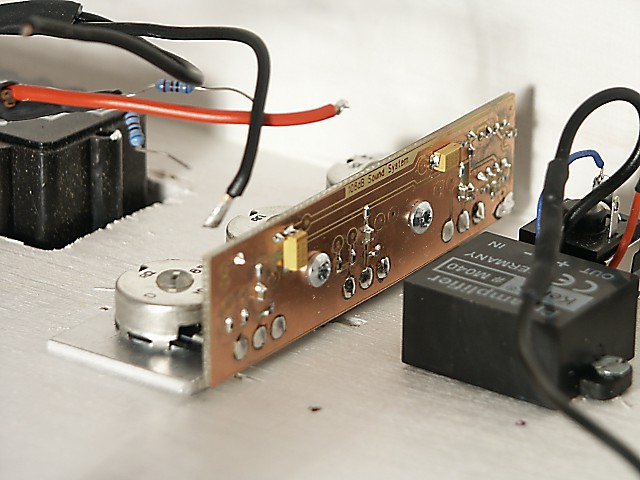
|
| This picture shows the printed circuit board for the mixer. An operational amplifier provides gain in addition to performing the mixing operation. The black block to the right is the preamplifier module made by Kemo (#M040). |
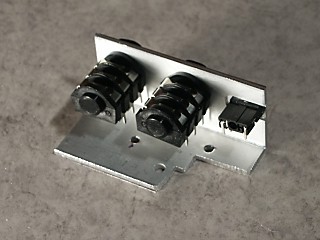
|

|
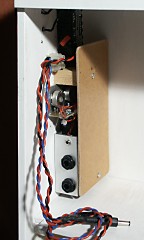
|
| Input jacks assembly. Note that for the 3.5mm CD/MP3 player input jack the plate had to be milled thinner. | A large heatsink allows full power operation without risk of overheating. | A protective cover inside the system over the mixer and input jacks. |
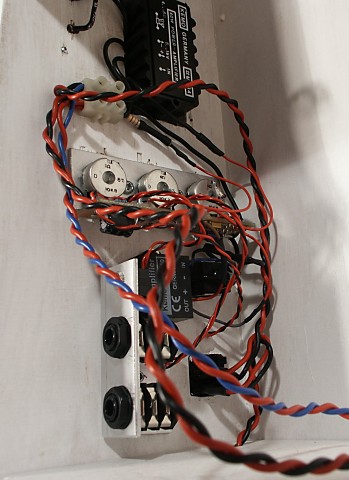
|
Wiring ready. The power amplifier module from Kemo (#M034) is on the top. Two wires with DC plugs supply 12V for the wireless microphone receivers. |
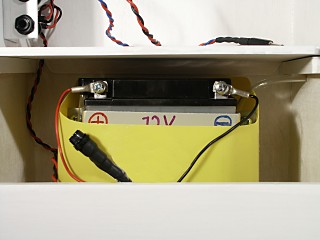
|
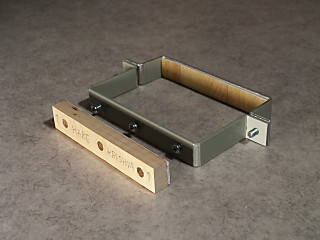
|
| The 12V lead acid battery is protected for spillage by a plastic container. A fuse is mounted on the battery wire for protection against fire and explosion in case of system malfunction. | This picture shows the mounting bracket that holds the battery tight in place. |
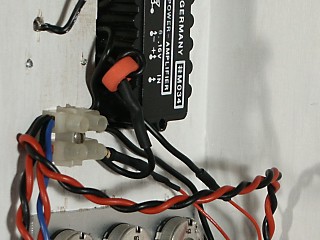
|
|
A ferrite toroid had to be mounted on the power supply wire of the Kemo power amplifier to prevent oscillation of the amplifier. The module itself has inadequate supply bypassing and the input is single ended with common ground return through the same wire as the supply current. Adding bypass capacitors or other supply filtering does not help. There is very easily feedback to the input from the supply and the amplifier oscillates when the signal level is increased causing very bad distortion and sound power loss at even moderate sound levels. The power amplifier should be changed to a better one. At least one with proper supply bypassing and separated ground wires from the input. A better choice would be a class-D amplifier with high efficiency and higher output power (booster amplifier). The output power from the Kemo amplifier is only about 10W at 12V supply when the Sound System speakers can take around 400W. For a PA system at least 100W should be the target. |
